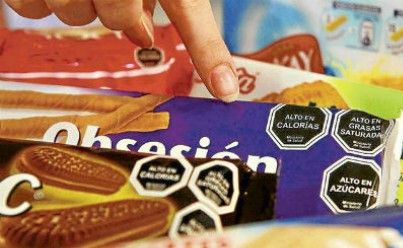Front-of-pack warning labels are preferred by parents with low education level in four Latin American countries
Abstract
Background: Overweight and obesity rates in Latin America are much higher than the global prevalence. Front-of-pack (FOP) nutrition label systems are gaining momentum in Latin America and being implemented as a strategy to tackle obesity among children and adults. This study investigates the usage and preference of three FOP nutrition labels among Argentinian, Chilean, Costa Rican, and Mexican adult parents.
Methods: From March to May 2016, a questionnaire was administered to 966 parents of elementary school aged children in Argentina (89), Chile (304), Costa Rica (258) and Mexico (315). Guideline Daily Amounts (GDA), traffic light (TL), and warning label FOP systems were compared and analyzed. Statistical analysis was conducted using frequencies and proportions. Median differences tests, ANOVAs and logistic regression models were performed. A thematic analysis of qualitative data was conducted using a deductive process.
Results: Parents with low education levels and poor health conditions (i.e., overweight) preferred the FOP warning labels over the GDA and TL systems. The GDA FOP nutrition labels were preferred by parents with higher education levels. Overall, the TL system was preferred with no significant differences across countries.
Conclusion: FOP warning labels are preferred by parents with vulnerable conditions (i.e., low education levels and overweight) across four Latin American countries. An easily understandable, readable and acceptable label may facilitate usage by vulnerable groups to make healthy food purchases. These results have important policy implications by providing evidence to government policymakers to enact legislation to implement or enhance existing FOP nutrition label policies as a viable strategy to reduce obesity risk.

Authors retain all copyrights. In making a submission to World Nutrition, they are certifying that all material is theirs except quotations, as indicated, and that they have obtained permission for any photos, tables, or graphics taken from other publications or websites.




